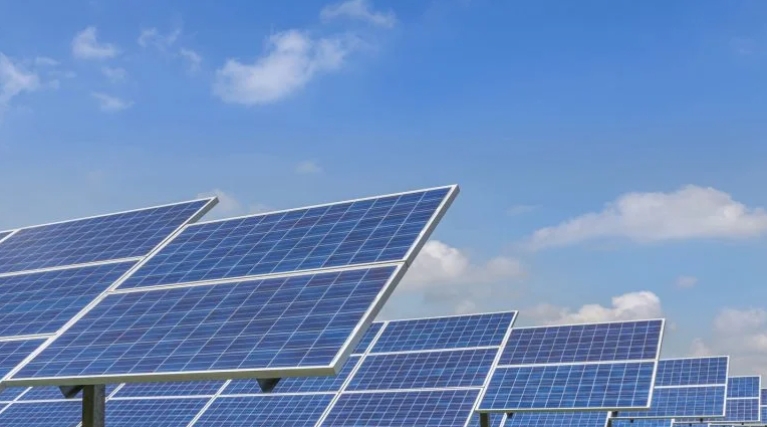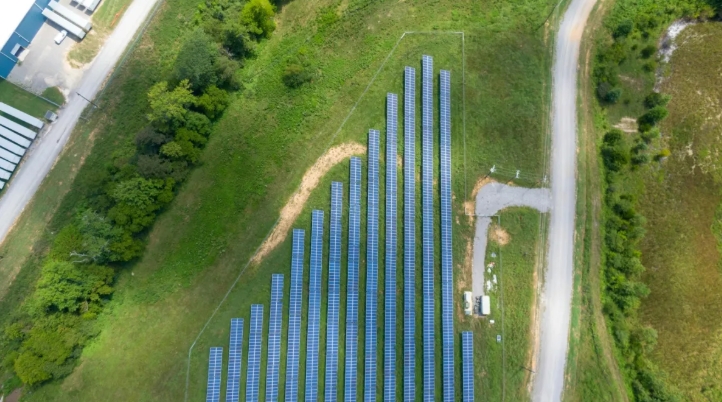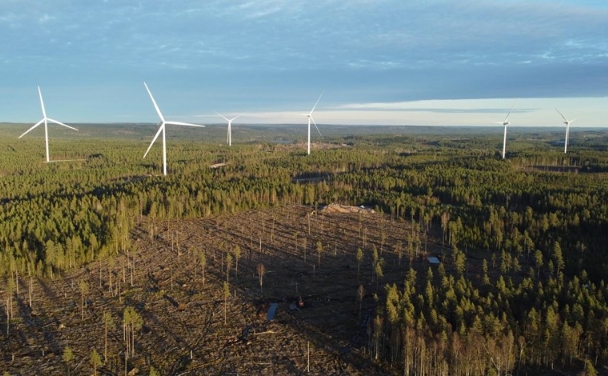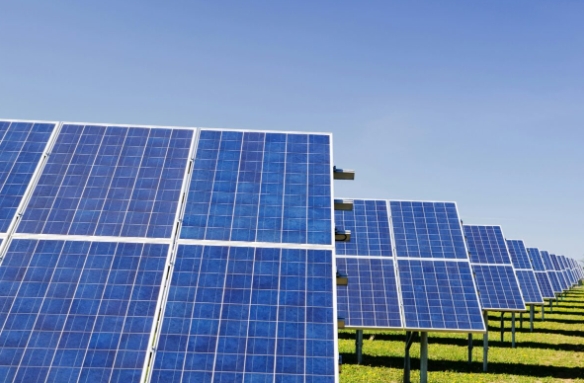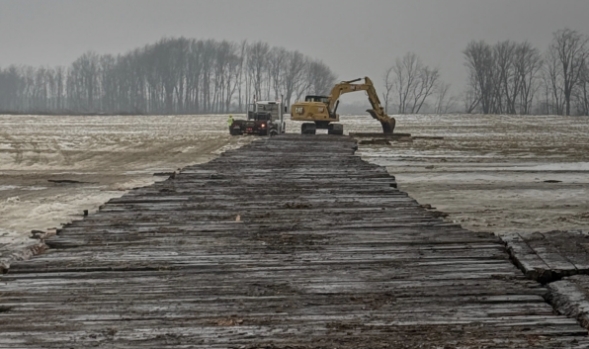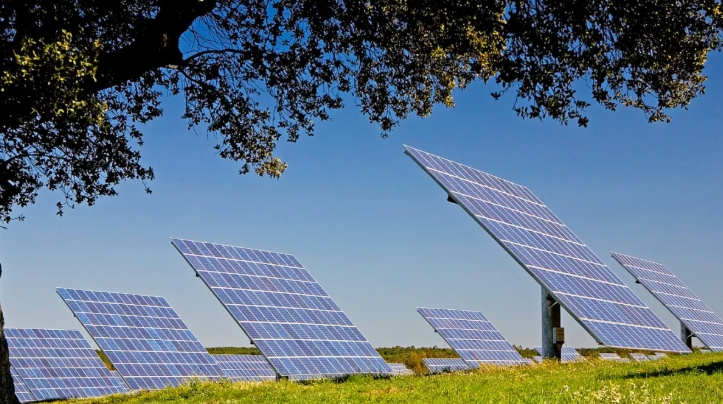The Energy Information Administration (EIA), an agency under the U.S. Department of Energy, expects 13.4 GW (AC) of utility-scale solar power and 5.1 GW (AC) of small-scale PV to be installed in the United States in 2020 – a 95% increase over 2019.
The 18.5 GW (AC) total, with a standard 1.3:1 DC to AC ratio, suggests that 24 GW (DC) of solar power will be installed in 2020. The previous record, set in 2016 as the investment tax credit was about to expire, was just under 15 GW (DC) of installed solar. The EIA expects the annual total to increase t0 25.9 GW (DC) in 2021.
The EIA also noted that there will be a net negative volume of fossil fuel installations in 2020. This net negative volume fossils goes back to 2006, when fossil fuel generation capacity peaked in the United States. A third piece of good news is the 18.5 GW worth of wind generation that is expected to be installed. Between wind and solar, the EIA expects 32 GW of new power generation facilities to be installed – a true record year for the United States.
In 2016, there was a peak at 11.2 GW (AC) of solar installations, followed by a decline in 2017 due to the investment tax credit hangover, followed by two years of gains in 2018 and 2019. The 2020 and 2021 explosion will be heavily driven by the jump in annual utility-scale PV volume from 5.9 GW (AC) to 13.4 GW (AC).
But the massive growth projections are not just limited to utility-scale solar. The EIA sees small-scale PV growing from 3.6 GW (AC) in 2019 to slightly more than 5 GW (AC) installed. This growth will mostly be driven by the residential market, but also by the commercial market, which is expected to expand again after contracting in 2019.
The utility-scale data aligns with a year-old report by S&P Global Market Intelligence suggesting that more than 12 GW (AC) of utility-scale solar might get deployed in 2020. Coupled with a recent Wood Mackenzie Renewables & Power report suggesting that energy storage deployment could triple from 2019 into 2020 – and more than double from 2020 into 2021 – it’s clear that the clean energy industry is on a roll.
